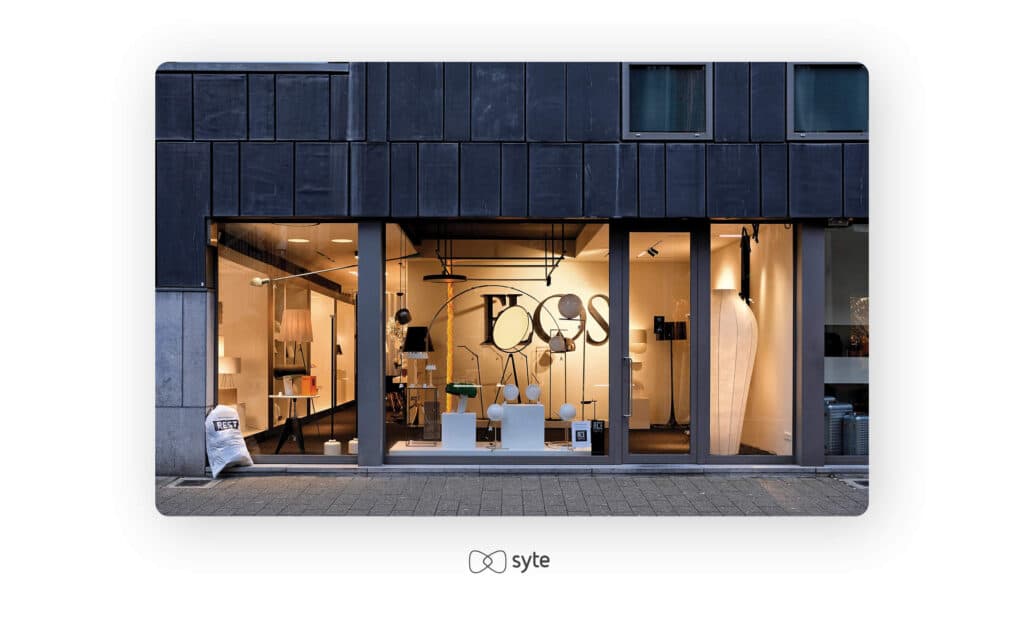“Brick and mortar” pertains to a business that retains a physical presence. Products and services are sold to customers face-to-face in a location occupied by a brand or retailer. The term is used to distinguish from companies that operate online. Your local grocery store, coffee shop, and clothing store are all examples of brick and mortar.
Most businesses do not strictly maintain a brick and mortar or online store as they reap the advantages of having both. In fact, the rise of eCommerce alongside the presence of brick and mortar stores has produced the concept of omnichannel retail. In general terms, it is a strategy that ensures shoppers get a consistent, seamless customer experience, regardless of the channel they use to interact with the brand.
How Brick and Mortar Works
It is difficult to pinpoint the exact date when brick and mortar stores began to exist, but the earliest records can be traced to the first towns that go as early as 7500 BCE. Merchants sold clothing, produce, and other goods in the market. Many important businesses today established their physical stores in the 19th and 20th centuries. However, shops and services slowly began to offer online shopping in the advent of the new millennium.
Whereas online customer journey requires a device connected to the Internet, all “brick and mortar” requires is a physical presence. Customers browse what is on offer on racks and shelves and consult shopping assistants and other employees regarding their products and services. Shoppers can also test out products, regardless if they are buying an article of clothing, or electronics. The exchange of money is also instantaneous, using many accepted modes of payment.

What are Its Advantages?
While customers are beginning to embrace online shopping more and more in recent years, there are still advantages to keeping brick and mortar in operation.
- In-person interaction with products and services. Even when online shopping affords users convenience, many shoppers still like to see and touch items they intend to buy personally. They want to inspect products to make sure of their value. Product photos viewed online may not be accurate to customer expectations.
- Instant customer service. Online shopping may have customer representatives ready, but they are not as immediate and personal as face-to-face customer service. Shoppers can also ask more questions regarding products and usage that can be answered in a shorter amount of time, and make an informed decision before the purchase.
- Trust and credibility. Many customers do not feel comfortable making big-ticket purchases online. A physical store helps establish credibility when selling electronics, furniture, jewelry, or luxury products. It also builds customer confidence because it allows shoppers to not only see the products with their own eyes, but also evaluate and confirm the quality.
Brick and Mortar Disadvantages
Having a physical presence can also put businesses at a disadvantage. Some of the cons of brick and mortar include:
- Expensive to open and operate. Renting space is not cheap for businesses, and so are the other fixed costs that come with it. You will have utility bills, business insurance, as well as employee wages to think of.
- Inconvenient for busy shoppers. Part of the allure of online shopping is being able to purchase with a device in your hand. Customers will have to be more intentional when stopping by brick and mortar stores, but their schedule and location might not allow it.
- More stock is available online. Online shops are more likely to carry a large inventory that they are capable of shipping immediately. Brick and mortar retail stores, especially smaller ones, are limited when it comes to storage.